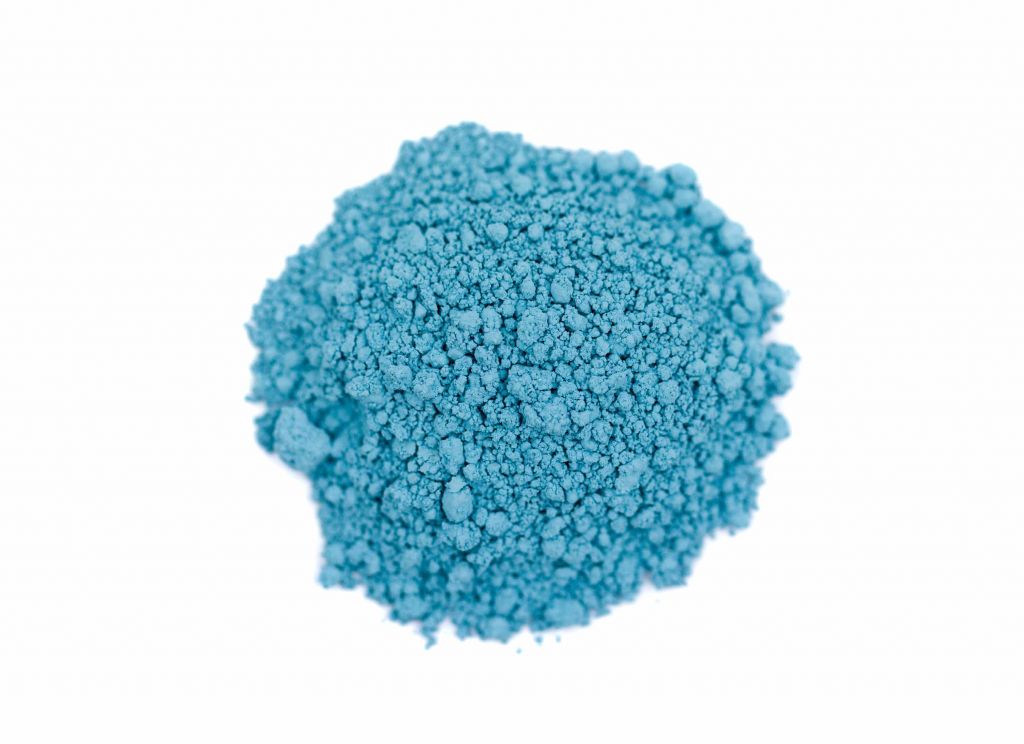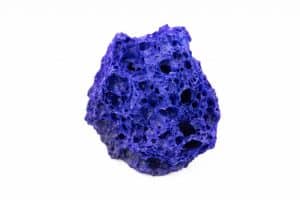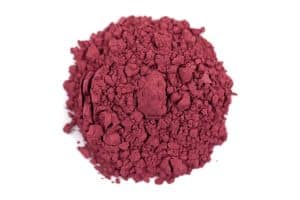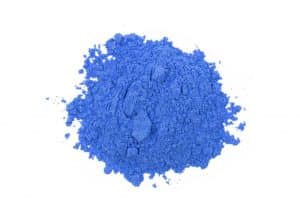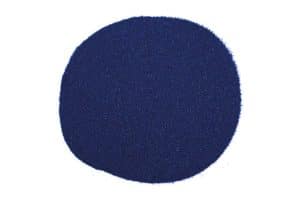Description
Chemical composition: CaCuSi4O10
The blue copper silicate which is called Egyptian blue is made in a similar way to smalt, by boiling quartz
with copper and calcium at temperatures of up to 1000°C.
It is the first synthetic pigment that we know of and it was popular during the ancient cultures of Babylon
and Egypt until the end of the Roman period in Europe. Egyptian blue was last mentioned in A.D. 636 by
Isidore Sevilla and there are a few occurrences on wall paintings from the early Middle Ages.
Being a pigment based on glass frit, it is stable in lime and very fade-resistant. Because of its composition
Egyptian blue shows no reaction with other pigments. It was found to be mixed with glaucophane and green
earth.
The color of Egyptian blue can vary considerably, depending on its composition, process of manufacture,
and grain size from a dark blue to a whitish blue. A lighter color is often obtained by reducing the grain size
through grinding. Egyptian blue can also be produced with a violet tone, a manufacturing process that was
known to the Assyrians who prepared a purple frit.
The accepted chemical formula for Egyptian blue (CaCuSi4O10) is that of the mineral cuprorivaite. Egyptian
blue however was certainly always a manufactured product, for cuprorivaite is scarce in nature, so that it
could not be collected in big enough quantities to be prepared as a pigment.
Egyptian blue is stable in all media and no color change has been observed when it is applied with various
organic media. Strong light also does not influence its color, as can be seen by Egyptian blue that has been
exposed for thousands of years to sun and heat on monuments in Egypt.
